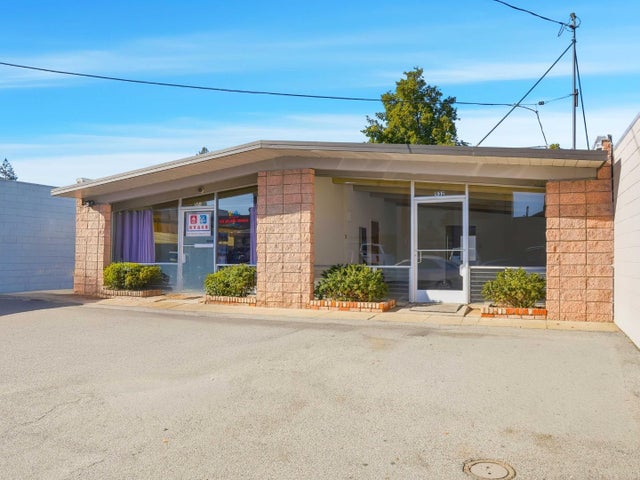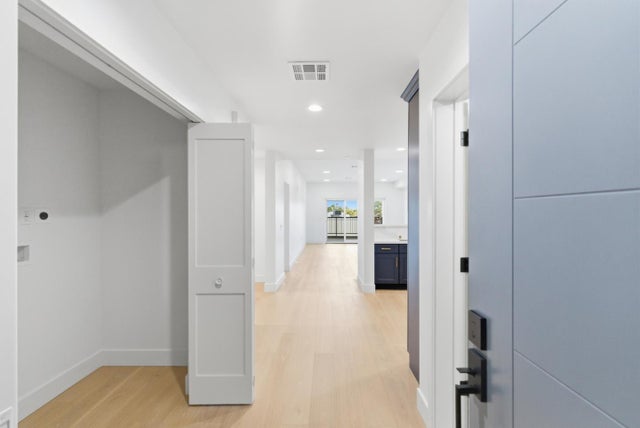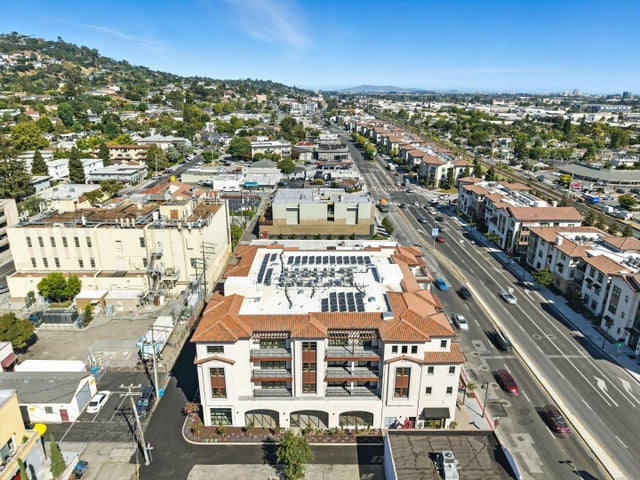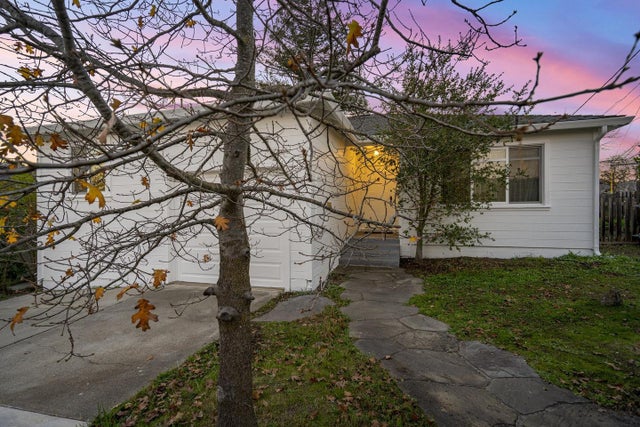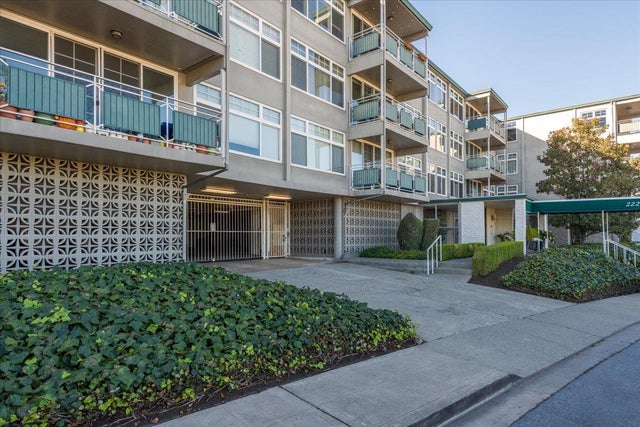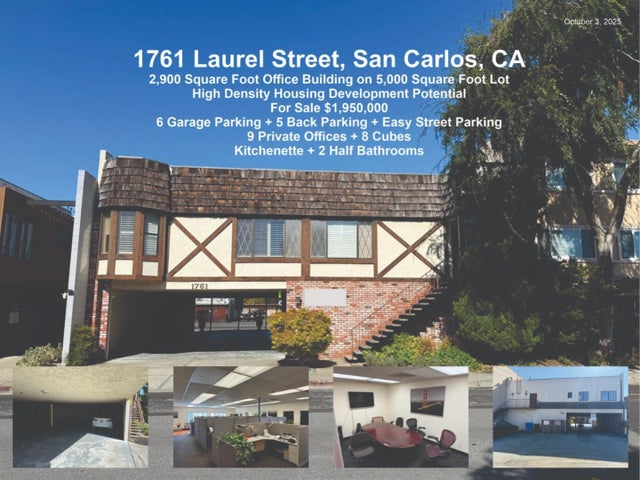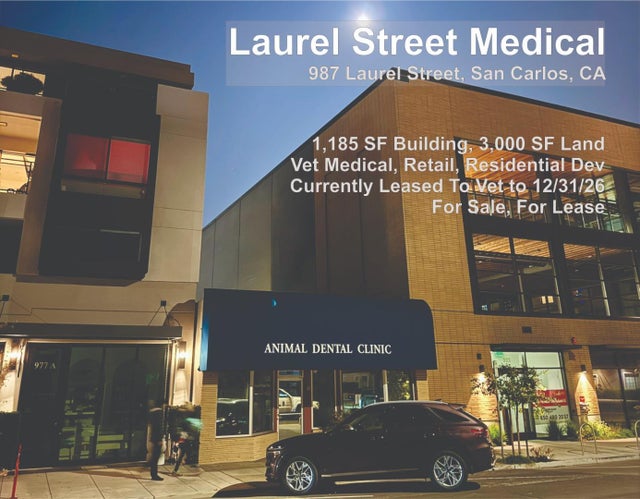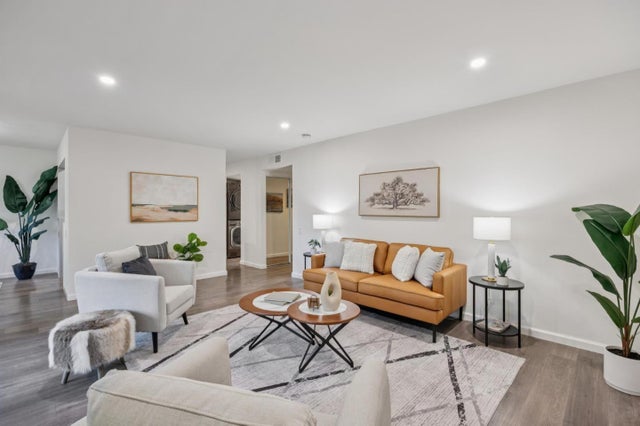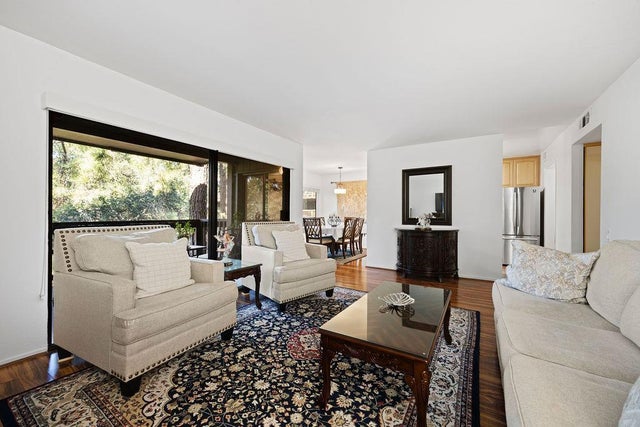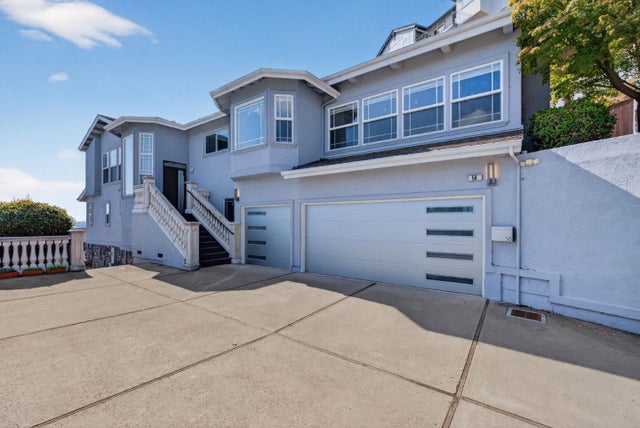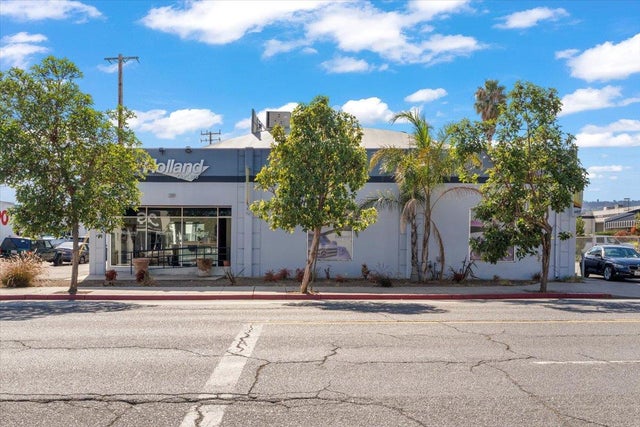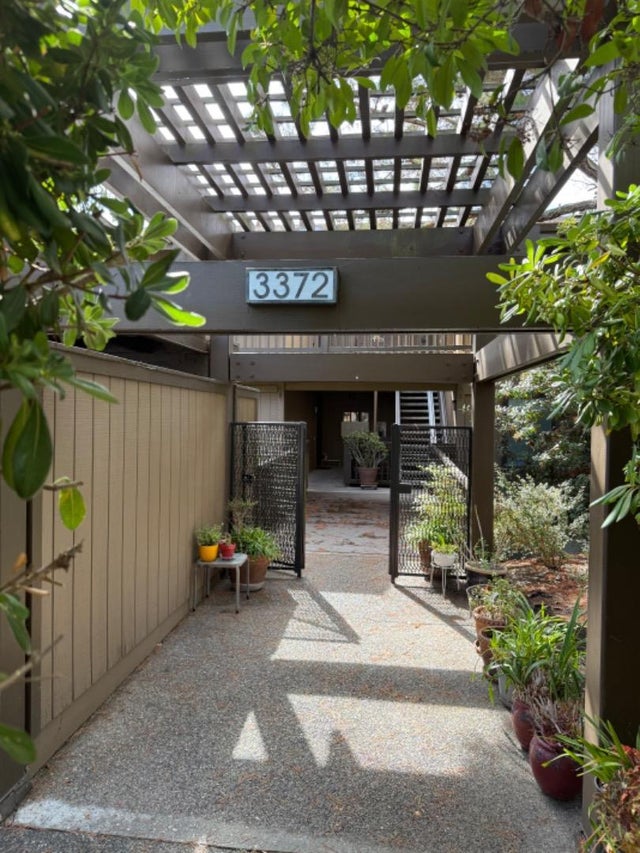- Common Interest
- 0 Beds
- 0 Baths
- 2,000 SqFt
San Carlos Real Estate
Prior to the Spanish arrival in 1769, the land of San Carlos was occupied by a group of Native Americans who called themselves the Lamchins. While they considered themselves to have a separate identity from other local tribes, modern scholars consider them to be a part of the Ohlone or Costanoan tribes that inhabited the Bay Area.
The Lamchins referred to the area of their primary residence - probably on the north bank of Pulgas creek - as "Cachanihtac", which included their word for vermin. When the Spanish arrived, they translated this as "the fleas", or "las Pulgas", giving many places and roads their modern names.
The Native American life was one of traditional hunting and gathering. There was plentiful game and fowl available, and fish could be caught in the San Francisco Bay. There were also grasses, plants and oak trees (for acorns), and archaeological finds of mortars and pestles indicates that these source were processed for food. No doubt they also participated in the regional trading networks for goods that could not be gathered or grown locally.
The Lamchin permanent village is thought to have been between the modern streets of Alameda de las Pulgas and Cordilleras Avenue, near San Carlos Avenue.
In 1769, Gaspar de Portolà was the first westerner to reach the San Francisco Bay. While early historians placed his approach to the Bay from the Pacific Ocean as coming over the San Carlos hills, present researchers believe this "discovery" actually occurred in present day Belmont.
The Spanish, with overwhelming military and economic advantages over the native population, quickly dominated the Bay Area. A mission was established in San Francisco, and land was deeded in large "ranchos", or ranches, to prominent and wealthy Spaniards, with no concern for the native populations that lived on them.
The new ranch owners raised cattle on the lands, displacing the native game populations and disrupting the food supply of the indigenous population. As well, the Spanish strongly discouraged the Native Americans from their periodic controlled burns, which helped maintain the grasslands.
Facing the end of their way of life, the local population had little choice but to seek assistance from the missions and convert to Christianity. Traditional trade routes and alliances fell apart by 1800. While the missions continued to receive converts throughout the first half of the 19th century, the Native American way of life in the Bay Area was all but destroyed by that time.
The land now occupied by the city of San Carlos was deeded as a single large rancho to Don José Darío Argüello. He and his family did not live there, but rather raised cattle and crops for money on "Rancho Cachinetac" (a Spanish derivation of "Cachanihtac"). José's son Luis Argüello was the first California-born governor of the state, and after his death in 1830 the remaining family moved to the ranch, now known as Rancho de las Pulgas. The family adobe was located at the present-day intersection of Magnolia and Cedar streets.
While the California Gold Rush of 1849 found no gold nearby, disappointed Sierra Nevada prospectors made their way to the region, bringing the first non-Spanish western settlers. The Argüello family retained deed to their ranch through the transfer of governments to the United States, and, in the 1850s, began selling parcels of it through their agent S. M. Mezes.
While the port of Redwood City, to the south, and the town of Belmont, to the north, both grew quickly in the late 19th century, San Carlos' growth was much slower. Major portions were purchased by the Brittan Family, the Hull Family, the Ralston family and Timothy Guy Phelps.
Timothy Phelps, a wealthy politician, was the first to attempt to develop the San Carlos area. He paid for significant improvements such as sewer lines and street grading, and began to promote lot sales in what he modestly called "The Town of Phelps".
Phelps' sales were largely unsuccessful, and he eventually sold much of his land to Nicholas T. Smith's San Carlos Land Development Company. Other developers were not overly fond of Phelps' eponymous efforts, and decided to rename the town. Some maps are existent referring to the area as "Lomitas" ("little hills" in Spanish) but eventually due to historical legend, the name "San Carlos" was chosen. As noted previously, it was believed that Portolá had first seen the San Francisco Bay on November 4 from the San Carlos hills. November 4 is the feast day of St. Charles. As well, the Spanish king at the time was Carlos III, and the first ship to sail into San Francisco bay was the San Carlos.
The newly named region - not yet incorporated - received a boost with the construction of the Peninsula Railroad Corridor in 1863, and the addition, of a station at San Carlos in 1888.
Growth remained slow through the turn of the century, with most residents enjoying the short 35-minute train ride to San Francisco while living in a rural setting. The Hull family operated a dairy located at the modern intersection of Hull and Laurel. Many of the other residents which were not involved in agriculture were wealthy business and professional men who worked with the railroad or in San Francisco.
Despite the efforts of the developers, growth was very slow in this period, and San Carlos ended the 19th century with fewer than one hundred houses and families.
The turn of the century saw the layout of the initial town streets. While "Old County Road" east of the railroad track had been in use as a stage line since at least 1850, the present-day layout west of the railroad track was constructed in the first years of 1900. Cedar, Elm, Laurel, Magnolia, Maple (renamed El Camino Real) and Walnut were put down in this time.
Growth remained slow through the first fifteen years of the new century, but in 1918 the town had grown enough to build a school at 600 Elm Street. One year previously Frederick Drake ("The Father of San Carlos") had purchased 130 acres (526,000 m²) of real estate in San Carlos in foreclosure, and began marketing it. Growth came quickly, and the early 1920s saw Drake build an office at the southwest corner of Cyprus (now San Carlos Ave) and El Camino Real, which is still existent, and as of August 2008[update] is home to a Parot Cellular store. In the early 1920s, the Cyprus along Cyprus Ave were removed, and the street widened and renamed San Carlos Ave. In 1923 the growing municipality founded a fire station, and in 1925 the founders voted to incorporate.
The Great Depression affected families in San Carlos, as it did everywhere, but growth continued, and population grew from approximately 600 at incorporation in 1925 to 5,000 in 1941.
While services such as stores increased in this period, by the beginning of World War II San Carlos was still known in the Bay Area as a rural community. Most of the land in the municipality was still used for agricultural purposes, and photographs of the time show a landscape with few houses separated by large fields.
Not until 1940, did San Carlos experience its first big spurt in population, with 3,520 residents. In 1944, Dalmo Victor established the city's first large electronics plant, followed soon after by Eitel McCullough, Varian Associates, and GTE Lenkurt.
Establishment of these two firms was a factor in the quadrupling of San Carlos population in the decade after 1940. In 1950, when the population was 14,371, the city boasted a total of 89 industries: wholesalers, manufacturers and distributors, producing a variety of commodities from electronics to cosmetic. By 1958, the electronic industry comprised a substantial segment of the cities industrial area.
In the late 1940s when Bayshore was a two-lane road, the San Carlos Airport was moved from its former location between Brittan and San Carlos Avenues to its present site. The airport was bought by the county from Cal West Yacht Harbor in 1964 for $990,000.
San Carlos Homes for Sale
| All Listings | $700,000 - $800,000 | $800,000 - $900,000 |
| $900,000 - $1,000,000 | Over $1,000,000 |

